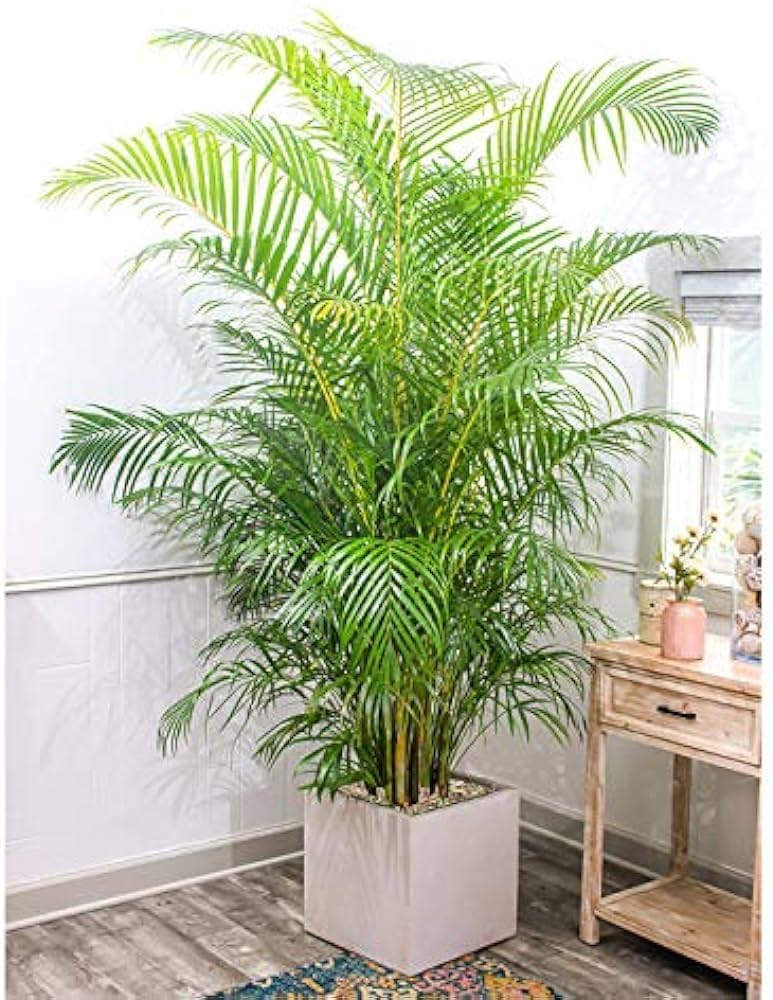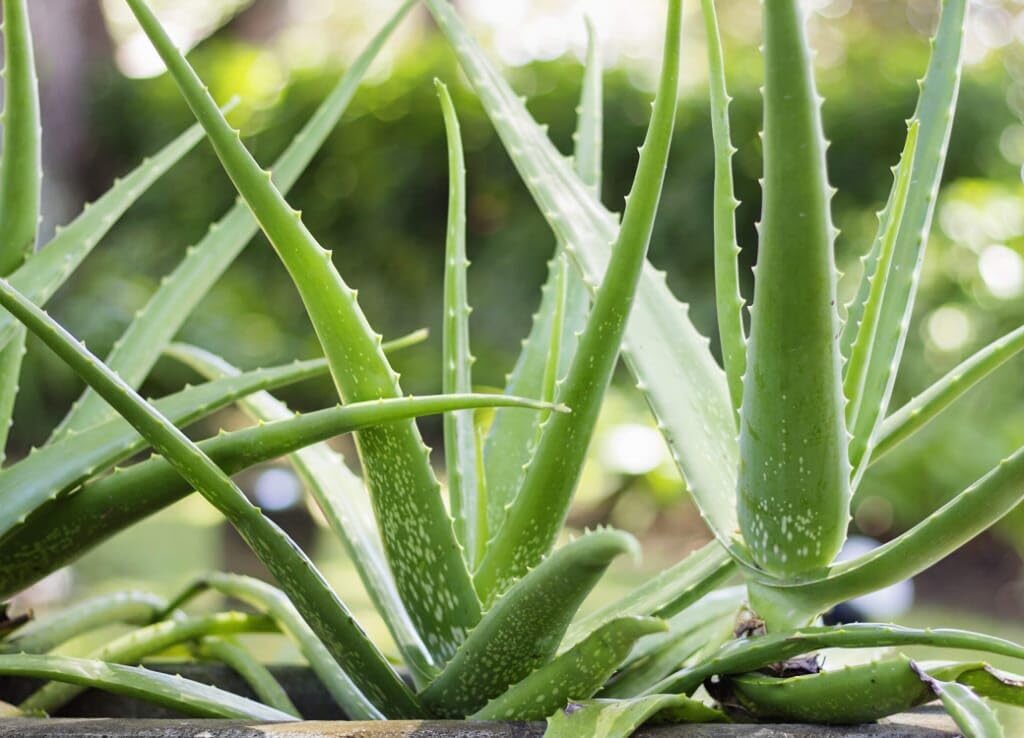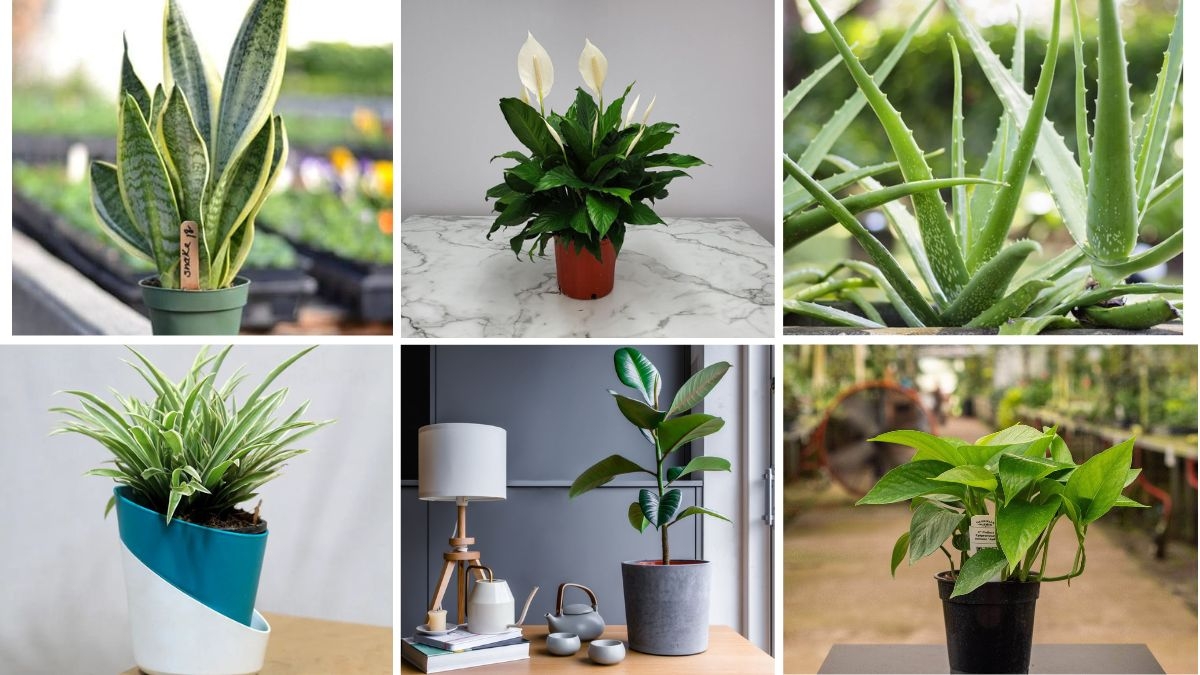As urban living spaces become smaller and air pollution continues to rise, indoor plants have evolved from decorative accents to essential elements of healthier, greener homes. Beyond their lush appearance and calming effect, many indoor plants possess powerful air-purifying properties, removing toxins and boosting oxygen levels.
NASA’s famous Clean Air Study in 1989 revealed that certain houseplants can filter out harmful airborne toxins like formaldehyde, benzene, trichloroethylene, and xylene—common chemicals found in paints, furnishings, and household cleaners. These plants also release oxygen, regulate humidity, and promote psychological well-being.
In this article, we explore 7 exceptional air-purifying plants that not only thrive in indoor environments but also contribute to cleaner, healthier air.
1. Snake Plant (Sansevieria trifasciata)

Common Name: Mother-in-Law’s Tongue
Best For: Low-light spaces, beginners
Air-Purifying Abilities: Removes formaldehyde, xylene, toluene, benzene
One of the toughest indoor plants, the snake plant is nearly indestructible and thrives on neglect. Its upright, sword-like leaves store water and allow it to survive in low-light and dry conditions. What makes it unique is its ability to perform photosynthesis at night, releasing oxygen even while you sleep—making it an ideal bedroom plant.
The snake plant filters a variety of indoor pollutants and requires minimal maintenance. It prefers indirect light but can also handle dim corners. Overwatering is the most common mistake; let the soil dry out completely between waterings.
Care Tips:
- Water every 2–3 weeks
- Tolerates low humidity
- Avoid soggy soil
2. Peace Lily (Spathiphyllum spp.)

Common Name: Closet Plant
Best For: Living rooms, bathrooms
Air-Purifying Abilities: Removes ammonia, formaldehyde, benzene, trichloroethylene
Elegant and refined, the peace lily offers glossy leaves and striking white spathes that resemble flowers. It’s among the top-rated air purifiers, particularly effective at breaking down volatile organic compounds (VOCs). Its ability to absorb moisture also makes it great for damp areas, like bathrooms.
Peace lilies prefer moderate to low light and can signal their watering needs by drooping slightly. They’re mildly toxic to pets and children if ingested, so keep them out of reach.
Care Tips:
- Keep soil consistently moist, not soggy
- Bright, indirect light is ideal
- Wipe leaves monthly to prevent dust buildup
3. Areca Palm (Dypsis lutescens)

Common Name: Butterfly Palm
Best For: Large rooms, bright corners
Air-Purifying Abilities: Removes xylene, formaldehyde, carbon monoxide
The areca palm is a graceful tropical plant with feathery fronds that not only beautify indoor spaces but also act as a natural humidifier. It’s particularly beneficial in air-conditioned homes, as it increases humidity while filtering airborne toxins.
Unlike many palms, areca palm is relatively easy to grow indoors if placed near a bright window. It can grow up to 6–8 feet indoors and needs regular pruning of old fronds.
Care Tips:
- Requires bright, indirect light
- Water when the top inch of soil is dry
- Mist leaves in dry climates
4. Spider Plant (Chlorophytum comosum)

Common Name: Airplane Plant
Best For: Hanging baskets, shelf edges
Air-Purifying Abilities: Removes formaldehyde, carbon monoxide, xylene
This low-maintenance wonder is a favorite for beginners and seasoned plant lovers alike. With its long, arching leaves and baby plantlets, the spider plant creates a cascading green display. It’s highly efficient at absorbing indoor air pollutants and is non-toxic to pets, making it ideal for pet owners.
It adapts well to various conditions, including fluctuating temperatures and occasional neglect. In addition, it’s one of the few plants that’s effective in removing ozone, often found near electronics.
Care Tips:
- Water moderately, allow soil to dry between waterings
- Bright to moderate indirect light
- Trim brown tips caused by fluoride or chlorine in tap water
5. Aloe Vera (Aloe barbadensis miller)

Common Name: Aloe
Best For: Sunny windowsills, kitchens
Air-Purifying Abilities: Removes formaldehyde and benzene
Famous for its healing gel used in treating burns and skin conditions, aloe vera is also a top-tier air purifier. It’s a succulent, which means it stores water in its thick leaves and thrives in dry environments. Perfect for sun-drenched indoor spaces, aloe is both decorative and functional.
The plant not only purifies air but also signals when indoor air quality is poor—its leaves develop brown spots in the presence of harmful chemicals.
Care Tips:
- Needs bright sunlight (at least 6 hours)
- Water sparingly, only when soil is completely dry
- Ensure good drainage to prevent root rot
6. Rubber Plant (Ficus elastica)

Common Name: Rubber Fig
Best For: Statement corners, minimalist decor
Air-Purifying Abilities: Removes formaldehyde and carbon monoxide
Bold and architectural, the rubber plant has thick, glossy leaves that command attention. It’s a top formaldehyde fighter and adds a bold splash of green to modern interiors. Rubber plants prefer consistent conditions and dislike frequent movement or sudden temperature shifts.
With time and care, this plant can grow several feet tall indoors. The leaves absorb airborne toxins and trap dust, making regular cleaning essential for optimal air-purifying performance.
Care Tips:
- Prefers bright, filtered light
- Water when topsoil is dry
- Clean leaves gently with a damp cloth monthly
7. Pothos (Epipremnum aureum)

Common Name: Devil’s Ivy
Best For: Bookshelves, hanging planters
Air-Purifying Abilities: Removes formaldehyde, benzene, xylene
Highly adaptable and fast-growing, pothos is one of the best low-light air-purifying plants. Its trailing vines can reach several feet long, and the heart-shaped leaves come in green, gold, and variegated shades.
It tolerates low humidity, irregular watering, and low light—making it the perfect houseplant for beginners or busy individuals. Its hardy nature and purifying abilities make it a staple in offices, homes, and commercial spaces.
Care Tips:
- Water when the top inch of soil is dry
- Can thrive in low to bright indirect light
- Pinch back stems for bushier growth
How These Plants Improve Indoor Air
Indoor air quality can often be 5 times more polluted than outdoor air due to trapped chemicals and lack of ventilation. Common pollutants include:
- Formaldehyde: Found in furniture, drapes, and carpet
- Benzene: Found in paints, detergents, and cigarette smoke
- Xylene & Toluene: Found in glues and adhesives
- Trichloroethylene: Common in printing inks and varnishes
Air-purifying plants improve air quality by:
- Absorbing VOCs through leaves and roots
- Releasing oxygen and increasing oxygen levels indoors
- Balancing humidity by releasing moisture through transpiration
- Reducing dust and allergens by trapping particles on leaf surfaces
Tips for a Successful Indoor Garden
- Rotate plants every few weeks for even growth
- Dust leaves regularly to maximize purification
- Use well-draining soil to prevent overwatering
- Avoid overcrowding—airflow between plants matters
- Group plants for increased humidity and visual impact
Conclusion
Integrating air-purifying plants into your indoor spaces offers more than aesthetic appeal—it’s a step toward a healthier lifestyle. Whether you choose the dramatic rubber plant, the soothing peace lily, or the humble spider plant, each brings unique purifying power and a touch of nature into your daily environment.
These 7 air-purifying plants not only thrive indoors with minimal care but actively cleanse the air you breathe. By investing in green companions, you create a living, breathing air filter that promotes well-being, serenity, and sustainability—one leaf at a time.






Leave A Comment